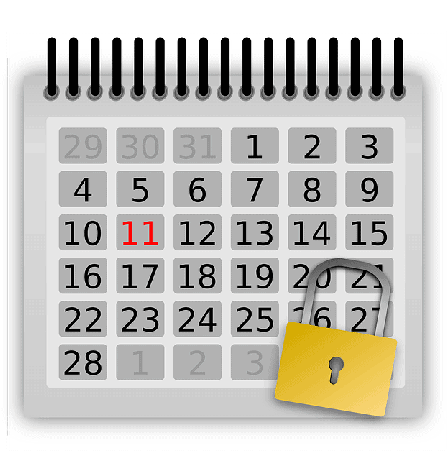The project schedule as well as the definition of the scope is made up of several stages. In the first place they must define activities (Project Management Institute, 2008). This definition of the activities must be as specific as possible, to reach high levels of accuracy in all other plans, such as cost estimation. As previously mentioned, this list of activities is derived from the WSB, which corresponds to more generic work packages. Each WSB work package must define and disaggregate activities as thoroughly as possible, which will facilitate control and understanding of all team members. The result of the definition of the activities is a list in which all are listed sequentially the project activities are described, they are assigned a unique code, the logical sequence is detailed, etc.

Advertisements
Once the project activities have been defined, they must be sequence, which implies determining the logical order of each one of them. Each activity has a predecessor and a successor activity. There are others that can be done in parallel. For this stage of the project there are software that facilitate this analysis, such as "Microsoft Project".
The way to classify the sequences of activities according to PMBOK (Project Management Institute, 2008) is as follows:
Advertisements
End to Start (FI): The start of the activity is clearly dependent on the end of the predecessor activity.
End to End (FF): The completion of the activity is strictly dependent on the completion of the predecessor activity.
Advertisements
Start to Start (II): The start of the activity depends on the start of the predecessor activity.
Start to End (IF): The completion of the predecessor activity depends on the completion of the predecessor activity.
Advertisements
There are also categories of dependencies. Some activities are extremely dependent on each other, while others can start in parallel without any problem.
Once the activities have been sequenced, allocate resources to each of them, whether material or human. It is important at this stage to designate the person responsible (Heerkens, 2002) for each activity or group of activities, since there will be more seriousness and commitment on the part of those responsible. The tool used to manage the appointment of those responsible is the so-called MAR (Assignment of Responsibilities Matrix) which is made up of the list of activities (rows) and the names of the managers or the responsible department (columns).
Advertisements
Once the resources have been assigned, the stage of determine the time that it will take to develop the activities with the available resources. It is recommended to first determine the time with unlimited resources (Heerkens, 2002) to calculate which could be the shortest time that the activity would take, and then adjust this prediction with the resources that has.
Finally, the schedule with all the data obtained in the previous stages. The schedule will be very useful to determine the critical path of the project, which in simple terms will be the one that determines the total duration of the project. For this stage it is very useful to develop a PERT Mesh, or to determine the critical path through Microsoft Project software. Any variation in this route will benefit or harm the project in terms of the estimated time.


